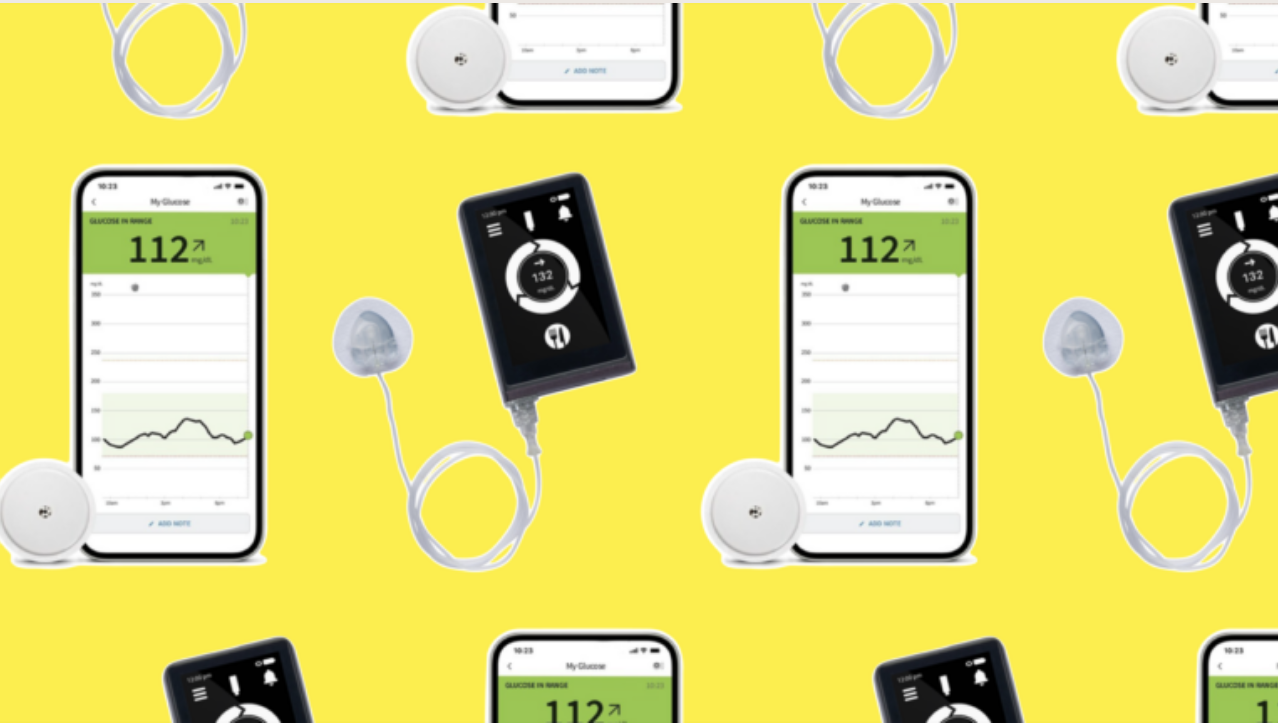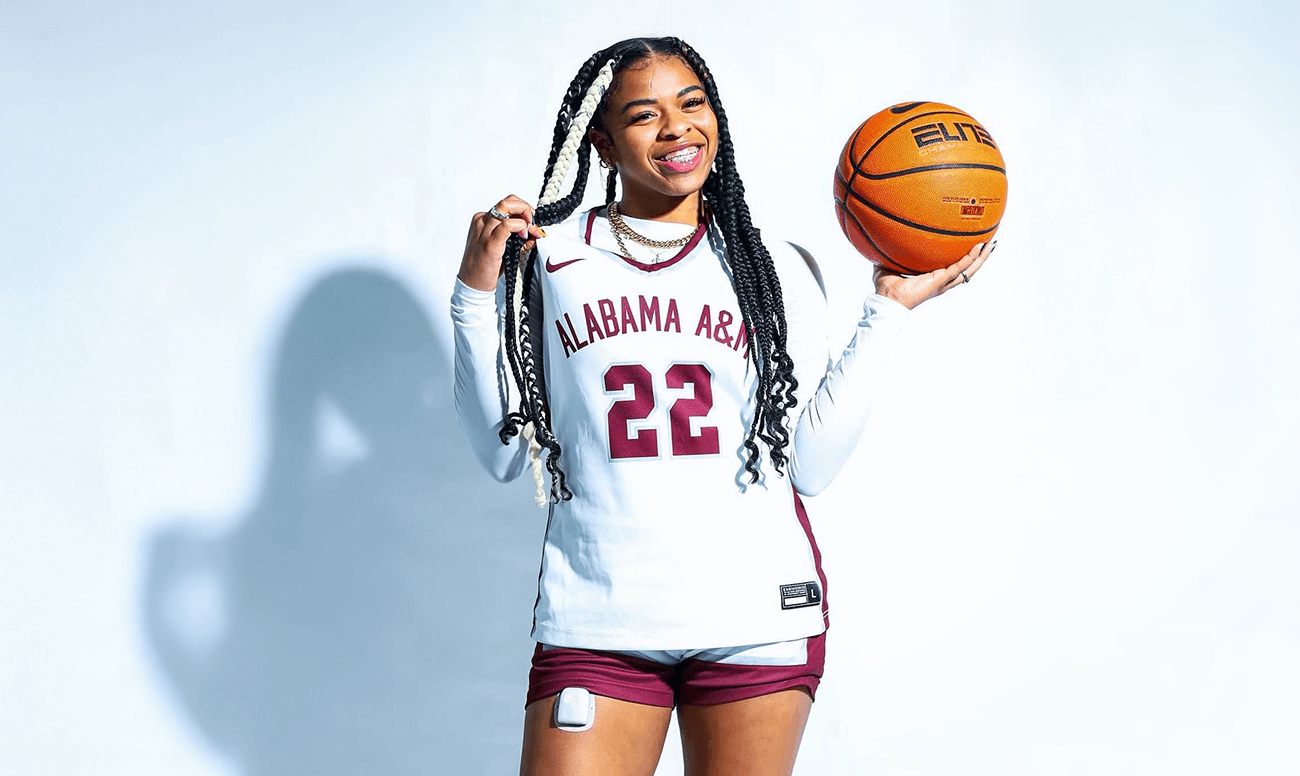Insulin Pump Coverage: Navigating Costs and Insurance for Type 2 Diabetes
Written by: T'ara Smith, MS, Nutrition Education
2 minute read
May 14, 2021
Managing type 2 diabetes (T2D) often comes with the challenge of navigating insulin pump coverage. From understanding costs to dealing with Medicare and insurance policies, figuring out how to access an insulin pump can feel overwhelming. But with the right knowledge and resources, these devices can simplify diabetes care and improve your quality of life.
But getting access to insulin pumps isn’t always easy.
Some barriers include:
- The belief that pumps are only for people with type 1 diabetes (T1D).
- Healthcare providers are not suggesting them.
- Insurance coverage issues.
“I think the biggest barrier is that people with T2D think pumps are just for kids or people with T1D,” says Julia Blanchette, Ph.D., RN, CDCES. “It’s important for clinicians to bring up these options and help patients work with insurance to get what they need. I always encourage education on self-management tools, like carb counting, before starting a pump to ensure success.”
Are insulin pumps covered for people with type 2 diabetes?
One of the toughest parts of getting an insulin pump is the cost.
Without insurance, pumps can cost thousands of dollars—not including monthly supplies. However, many people with T2D can get partial or full coverage through health insurance. Coverage depends on your plan, but most pumps are covered under:
- Durable medical equipment (DME): This category includes items like crutches and braces. If pumps are covered as DME, your supplies come from the manufacturer or a third-party supplier. Costs depend on your insurance plan and pump brand.
- Pharmacy benefit: Some insurance plans cover pump supplies through pharmacy benefits. This often lowers out-of-pocket costs compared to DME. Co-pays are usually fixed monthly fees. Supplies can be delivered or picked up from a pharmacy.
Medicare and Medicaid coverage
Medicare now covers pumps, supplies, and insulin under Medicare Part B for people with T2D who meet specific conditions. Insulet’s Omnipod is covered under Medicare Part D. For Medicaid, coverage varies by state, so it’s best to contact your state’s Medicaid office directly.
Tips for getting an insulin pump
Getting an insulin pump takes some effort, but here are tips to make the process smoother:
- Research brands: Check out options like Insulet (Omnipod), Medtronic, and Tandem to find the best fit. Omnipod is the only tubeless pump available.
- Benefits check: Work with the manufacturer or your doctor to see how much your insurance will cover. Coverage may vary depending on the pump brand’s agreement with insurers.
- DME vs. pharmacy benefit: Ask your insurance which coverage applies to your pump supplies. Insulet’s Omnipod is more likely to be covered under pharmacy benefit, while others are usually under DME.
- Medicare questions: If you’re on Medicare, ask whether your pump is covered under Part B or Part D. Most pumps fall under Part B, but Omnipod is covered under Part D.
- Advocate for coverage: If you’re denied, ask your healthcare team to explain why pump therapy is better for you than multiple daily injections (MDI). Reasons could include fewer emergencies, better blood sugar control, and improved quality of life.
Insulin pumps can give you freedom from injections and make it easier to manage diabetes. With the right education and advocacy, you can find the pump that works for you.

Author
T'ara Smith, MS, Nutrition Education
T’ara was diagnosed with type 2 diabetes in July 2017 at the age of 25. Since her diagnosis, she focused her academic studies and career on diabetes awareness and living a full life with it. She’s excited to have joined the Beyond Type 1 team to continue her work. Two years later, T'ara discovered she'd been misdiagnosed with type 2 and actually has latent autoimmune diabetes in adults (LADA). Outside the office, T’ara enjoys going to the movies, visiting parks with her dog, listening to BTS and cooking awesome healthy meals. T’ara holds an MS in Nutrition Education from American University.
Related Resources

If you have type 1 diabetes, a new study shows that the iLet Bionic Pancreas...
Read more

Blood sugar management is like a symphony. Glucose is the melody, rising and falling with...
Read more

Hyperglycemia—or high blood sugar—can sneak up on you, whether it’s from a missed dose, a...
Read more

